BICEP: From the South Pole to the beginning of time
- Published
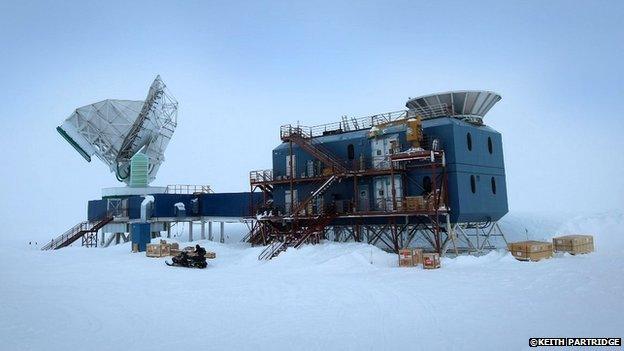
The South Pole Telescope (left) and BICEP3 (right)
It's a little known fact that three-quarters of a mile from the South Pole lie some of Earth's most powerful telescopes. Operated all year round, they are engaged in one of the great scientific quests of our time: scanning the skies for ripples in space and time from the early Universe.
We arrived in the late evening on 1 December. As we stepped out of the US Air Force plane onto the snow, we felt the extreme cold.
It was -35C and there was a strong wind. We were at high altitude and the air was thin.
In the distance, across the snowy runway, we could see a series of telescopes. We had arrived at the South Pole Station.
In March 2014, a team of astronomers stunned the scientific world when it announced that its telescope at the South Pole had possibly detected a signal of "gravitational waves" from the early Universe.
Gravitational waves are one of the most mysterious phenomena in the cosmos. They are ripples in space and time - and the gravitational waves that the team thought it had detected were created in the first fractions of a second of the history of the Universe, just moments after the Big Bang.
It was easily the most exciting science story of 2014, and we had come to the South Pole to film with astronomer John Kovac and his team for a BBC Horizon documentary.
The Amundsen-Scott South Pole Station is one of the United States' three permanent research stations in Antarctica funded by the National Science Foundation.
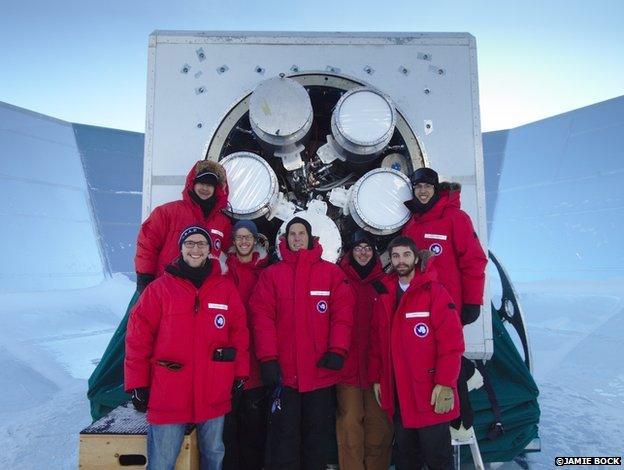
The Keck Array has been fitted with new receivers
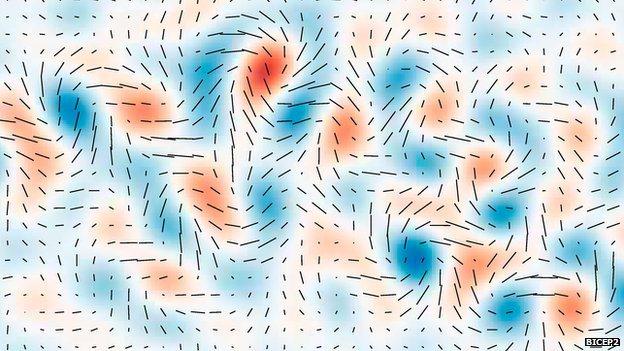
Gravitational waves from inflation could be detected through a distinctive twist pattern in the polarisation of the CMB - the afterglow of the Big Bang
It is only accessibly by aircraft during the austral summer season - from late October to mid-February - and this is when John Kovac and his team visit to carry out work on their telescopes.
"South Pole Station is only accessible for about three months out of each year. The temperatures are only warm enough to fly planes in and out for that period of time," says Dr Kovac.
"When we take one of these telescopes like BICEP1 or BICEP2 to the South Pole, we come in with a team and we work furiously for three months to try to get everything to work, to put it all together, to calibrate it, to tune it up, get it in pristine condition.
"Then all of us get on an aeroplane and leave - except for one guy. He watches the plane go and knows there isn't going to be another one for about nine months. During those nine months he'll watch the sun get lower and lower on the horizon. And then six months of darkness."

What are gravitational waves?
Gravitational waves are ripples in the fabric of space and time that advance in the form of a wave
They were first predicted in 1916, as an outcome of Albert Einstein's theory of general relativity
These space-time ripples are important for testing the theory of inflation - the super-rapid expansion of space thought to have occurred fractions of a second after the Big Bang
The signal of inflation could be found by looking for the mark left by gravitational waves on the afterglow of the Big Bang

This season the team was installing a new telescope called BICEP3. It had travelled more than 9,000 miles from North America in a series of carefully packaged wooden crates, and the team now had the task of assembling and testing the telescope, ready for the coming winter season.
The new BICEP3 telescope was being constructed in the same building that once housed BICEP2 - the telescope that had first detected the enigmatic signal that had caused such excitement last year.
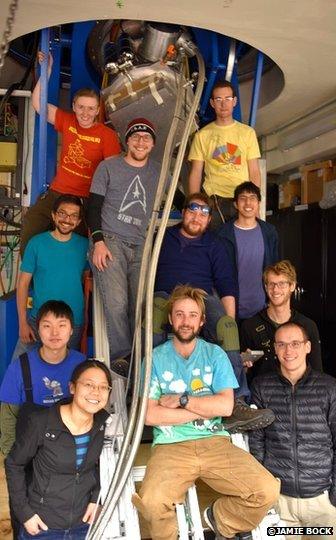
The new BICEP3 telescope at the South Pole
But there was a second character in the "BICEP2 signal" story - and that's the team's other telescope at the South Pole: the Keck Array.
In a few weeks' time, the team would begin the job of upgrading the Keck Array with new receivers - essentially "new eyes" - to allow it to continue scanning the skies for gravitational waves in tandem with its new BICEP3 neighbour.
Both telescopes are operated as part of the National Science Foundation's Division of Polar Programs in Antarctica. Both telescopes have the same goal - to continue the hunt for gravitational waves from the early universe. But why are they located at the South Pole?
The answer comes down to several factors: It's at high altitude (2,835m) and it's extremely cold - temperatures can get as low as -82C in winter, and the air is incredibly dry.
The South Pole is located near the middle of the driest environment on Earth - the Antarctic Plateau.
Despite all its snow, the South Pole is drier than even the Sahara Desert - all of which makes the South Pole an ideal location for telescopes that aim to detect primordial gravitational waves.
"You get an amazingly unique experience when you spend a winter at the South Pole," says Dr Kovac, adding: "It's akin to being in space."
Wave hunt
If you have been following the BICEP2 signal story, you'll know that since the team's press conference in March 2014 there have been some very significant developments.
To put it in a nutshell: the hunt for gravitational waves is back on.
What the team had thought was most likely a signal of gravitational waves from the early Universe, now appears to have a much more messy and complex origin.
Data from the European Space Agency's Planck satellite, and a new analysis done jointly by Planck and the BICEP/Keck Array teams, indicates that most of the BICEP2 signal - if not all of it - is coming from galactic dust.
More measurements will be needed before scientists can say for certain that gravitational waves from the early Universe actually exist.

On the hunt
Experiments hunting for gravitational waves from the early Universe:
South Pole Telescope (Antarctica)
POLARBEAR (Chile)
Atacama Cosmology Telescope (Chile)
EBEX (balloon-borne telescope)
SPIDER (balloon-borne telescope)

What's next
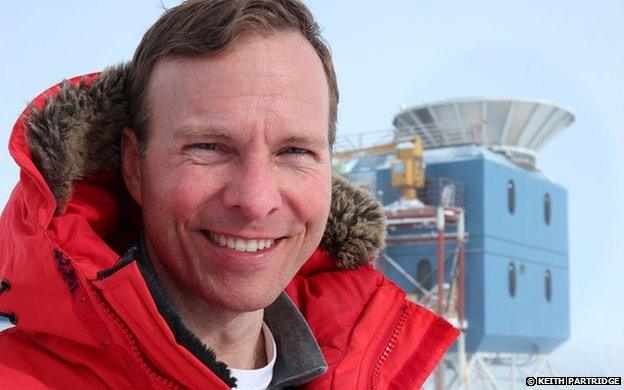
John Kovac wants his team to pick up where they left off, using their new and upgraded telescopes
It is a big blow for John Kovac and his colleagues. But with the new BICEP3 telescope and upgraded Keck Array, the team is in a good position to carry its work forward.
In contrast to the earlier BICEP2 telescope, BICEP3 and the Keck Array will be scanning the sky at multiple frequencies and this will provide crucial new information to help distinguish galactic dust from any gravitational wave signal.
The team faces competition from many other groups of scientists operating telescopes in a variety of locations - from the South Pole, to Northern Chile, to balloon-borne telescopes launched into the stratosphere.
Whoever gets there first, the hunt for gravitational waves from the early universe is heating up.
HORIZON: Aftershock - The Hunt for Gravitational Waves will be broadcast in the UK on BBC Two at 2100 on Tuesday 10 March. It will air in the United States on The Science Channel (date tbc).
- Published30 January 2015
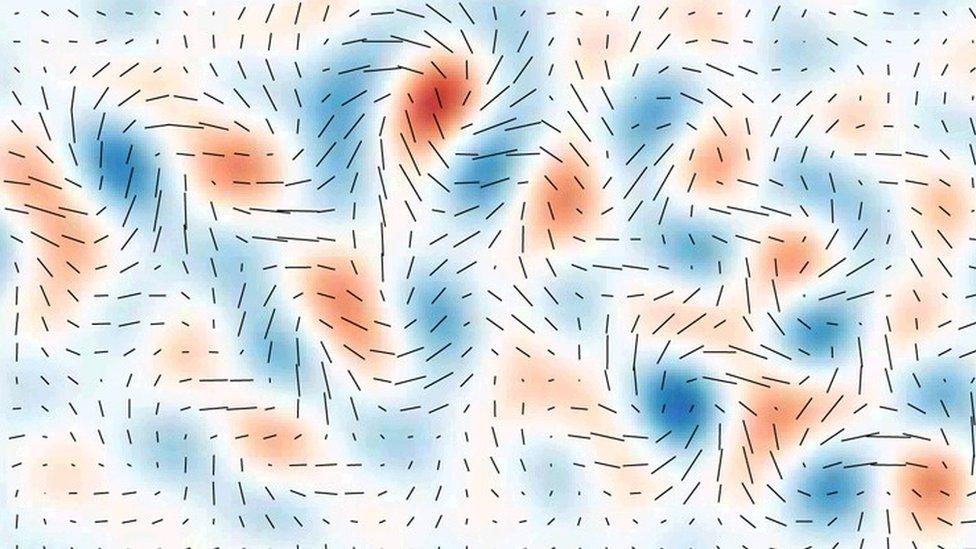
- Published17 March 2014
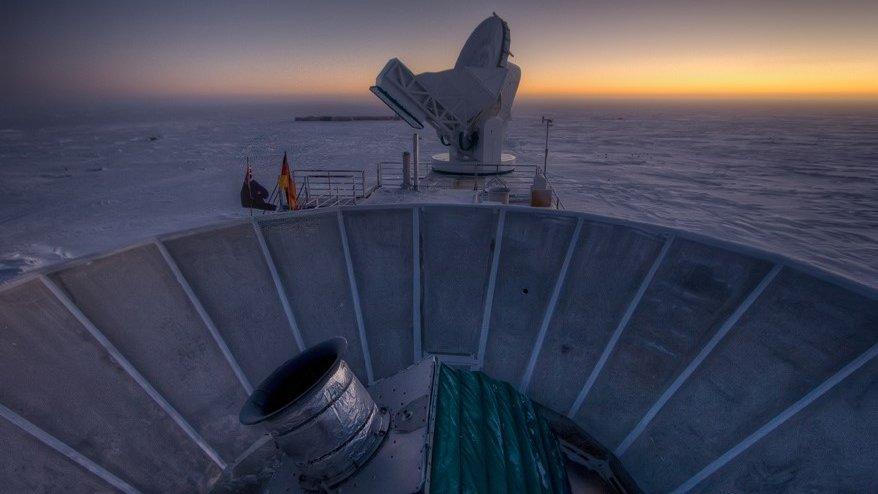
- Published17 March 2014
